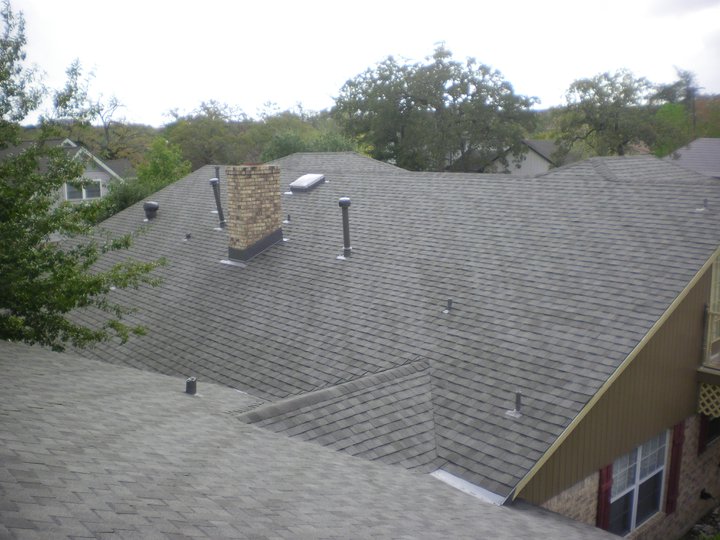There is a wide variety of roofing materials currently available, making it relatively easy to find an appropriate roofing material based on both design and budget necessities. There is a material known as fiberboard that promises the classic look of cedar shingles at a quarter of the cost of the authentic material. The primary question then remains: can it pass the criteria of expert roofing contractors?
appropriate roofing material based on both design and budget necessities. There is a material known as fiberboard that promises the classic look of cedar shingles at a quarter of the cost of the authentic material. The primary question then remains: can it pass the criteria of expert roofing contractors?
What is Fiberboard?
As the name implies, fiberboard roofing consists of shingles that are made from organic fibers. The material is pressure-bonded and laminated in order to hold a shape similar to that of traditional cedar shingles. Each tile comes in four foot sections that are twelve inches wide. A layer of felt is installed above the roof deck to provide additional water-proofing.
Due to the natural absorbent nature of this fiber, the shingles can only be used for steep slopes that have more than four inches of rise on a twelve inch run. Once each tile is installed, it will have an exposed area of nine inches and will be held by eight nails per panel.
Corrugated aluminum is installed on the each side of the panel and serves as a flashing. The aluminum strip helps keep the panel from sliding and acts as a spacer to allow the roof to expand without buckling in hot weather. The fiberboard is made to look like traditional wood, however, despite the similarity there is a huge difference between the two when it comes to longevity and performance.
Design Drawbacks
Fiberboard is an inexpensive alternative to wood shingles. It is also marketed as low-maintenance in comparison to the authentic variety; it also boasts a 30 to 40 year service life. While the material is an affordable alternative to wood due to its low cost, it does fall short on other criteria.
The biggest drawback of this material is its considerably short service life. In order to make an organic material durable, it has to be able to repel water. Manufacturers hoped to achieve this by treating the shingles with water repellant chemicals and bonding agents. The result is a durable fiber shingle that could withstand outdoor installation. There is a problem with this shingle; it has cuts on the boards that are not sealed as well as cuts made by contractors during installation that are not sealed either. As a result, the fibers are exposed to the elements that allow moisture to seep through and eventually cause the tile to deteriorate.
Common Problems
As with all roofing materials, there are some problems that are common to this particular material as listed below:
- Swelling and Delaminating – Because of the open factory cuts, the edges of the shingles are exposed to moisture. Once the edges begin to absorb water, it will not be long before water will overcome any water repellant properties of the material and cause swelling and delaminating. This will be evident once the edges start to fray and turn brittle.
- Buckling – Buckling may occur on any type of roofing; however, it is more prevalent with fiberboard shingles especially when aluminum flashing between the panels is not installed. Heat exposure can cause the material to expand; if the tiles are not properly spaced, this expansion can cause buckling.
- Moss and Lichen Growth – Because the edges of the shingles retain moisture, they are also an ideal place for moss and lichen to grow which further advances the deterioration process.
Due to the large number of roofing material manufacturers, the quality also greatly varies. When choosing a roof, it is important to not just focus on the cost of the material but also on its quality. Hopefully this article has provided some helpful information regarding fiberboard shingles and the problems associated with them!
Are you looking for a roof company Houston contractor to repair your roof? Schulte Roofing in Navasota provides service to the greater Houston area and can handle your roofing needs!
